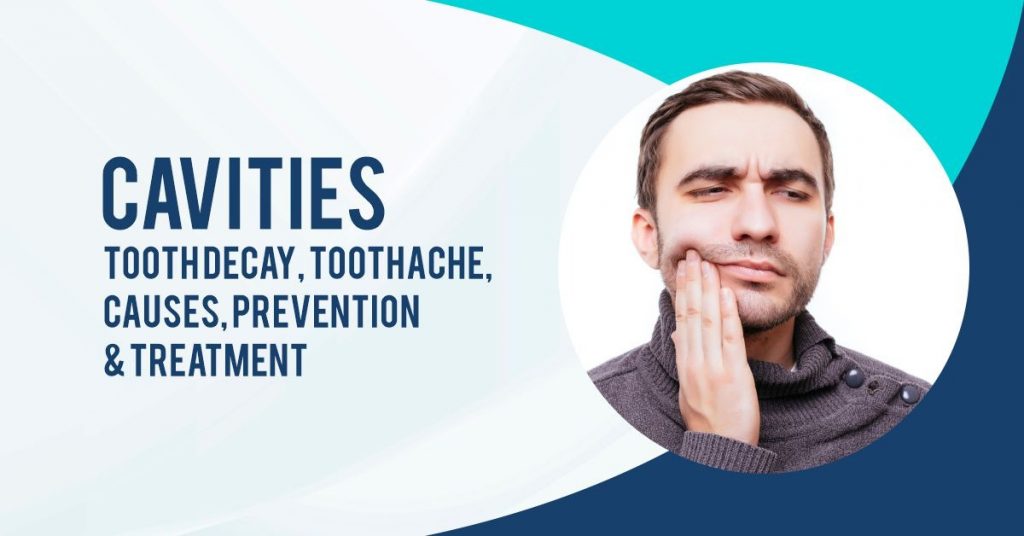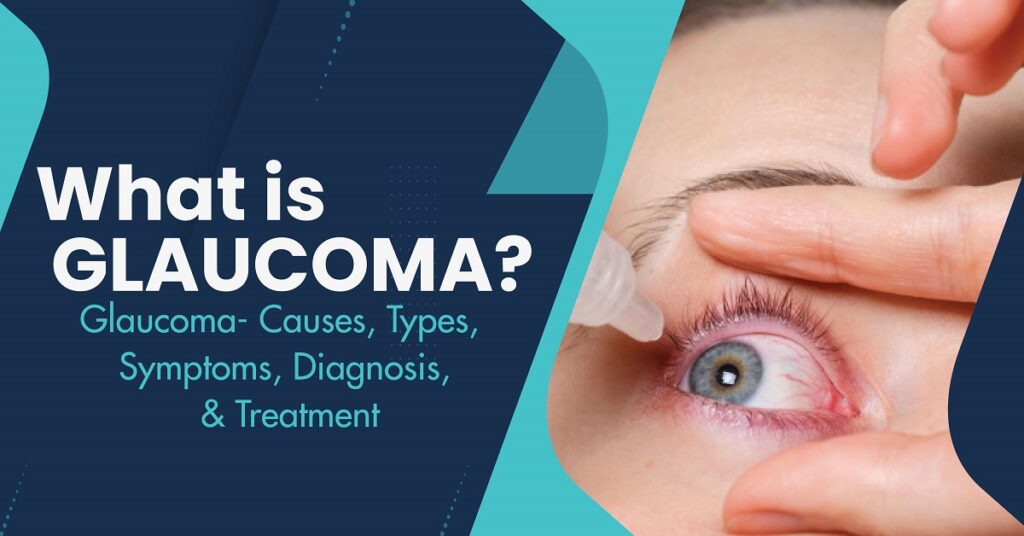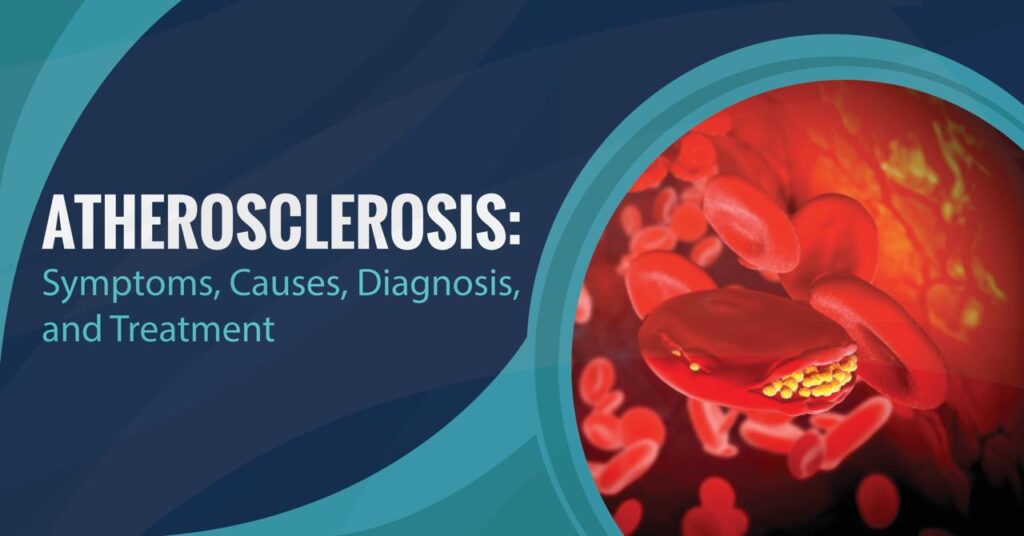What is a Cavity?
Cavities, commonly known as tooth decay, can be caused when your tooth enamel, the hard, outer layer of your teeth, is destroyed. Plaque, a film of bacteria that builds up on your teeth, is constantly forming.
A cavity forms when the enamel on your teeth breaks down due to acid from plaque caused by sugar-containing foods. Because plaque sticks to your teeth, this erosion leads to cavities. Cavities are tiny holes in your teeth that are largely caused by decay.
Although cavities are more common in children, age-related changes make them a problem for adults, as well. The recession of gums away from their teeth, along with an increased incidence of gum disease, creates an environment where plaque can accumulate.
The roots of your teeth are surrounded by soft, decay-prone cementum, which is more sensitive to touch and temperature. People over age 50 are more likely to develop tooth-root decay.
Often, older adults suffer from decay around fillings, or at the margins of fillings. That’s because most older adults didn’t receive fluoride or preventive dental care growing up.
Bacteria accumulate in tiny crevices of the fillings of the tooth, causing acid to build up which leads to decay. Over time, these fillings might weaken and crack and leak around the edges.
How common are cavities?
Cavities are a common disease. In the middle of their 30s, more than 80% of Americans will have at least one cavity. Cavities are one of the most chronic diseases which affect people of any age at any time.
Who might get a cavity?
In children, teens, and older adults, cavity-causing tooth decay is especially prevalent, but everyone with teeth is susceptible to the condition, including infants.
You Can Read Also: CATARACTS – SYMPTOMS, CAUSES, PREVENTION, AND TREATMENT
Regular dental visits and good brushing and flossing habits will eliminate cavities and tooth decay. If you ignore cavities, they can lead to severe toothache, infection, and tooth loss.
What are the types of cavities?
The most common image of a cavity is a tiny hole in the tooth surface. While this is a fairly accurate representation, cavities can affect teeth in various ways. Here are the three most common types of cavities, along with the proper treatment options.
The Major Types of Cavities
- Root cavities – This occurs when tooth roots develop cavities.
- Pit and fissure cavities – The grooves on the surfaces of molars that bite into the cheeks have areas of decay.
- Smooth-surface cavities – Decay on the surfaces of teeth that have flat, smooth surfaces.
What causes cavities?
Cavities are the result of several steps starting with the loss of tooth mineral (demineralization) and ending with the consumption of the whole tooth until a cavity is formed.
Likewise, food that has carbohydrates can cause tooth decay when it becomes trapped between the teeth and is not fully removed by brushing and flossing.
Foods and beverages high in sugar and sticky tend to cause tooth decay. The more sugar you consume, the more acid, also known as acetic acid, is produced, causing decay. Sugar combines with plaque to weaken tooth enamel, resulting in decay.
It is important to be aware of the factors that contribute to tooth decay so you know to protect your teeth and maintain good health. Cavities and tooth decay factors to be aware of:
- Poor Oral Hygiene: Tooth enamel is weakened when plaque builds up and does not get brushed regularly.
- Plaque Formation: When plaque is not removed regularly, it will adhere to your teeth and build up over time. Sugar present in plaque can produce acid, which can attack your teeth’ enamel and ultimately result in holes in your teeth, also known as cavities.
- Dry Mouth: When you have a dry mouth with a little saliva, plaque and bacteria can accumulate more quickly. Saliva helps wash away plaque from the teeth and buffer acid.
- Eating and Drinking: The first step in preventing cavities is eating and drinking since we need them to survive, but they do contribute to the development of cavities. When you consume carbohydrates, they remain on your teeth until you brush them away.
The clinging agent in foods can increase your risk of developing a tooth cavity even after you brush. Foods that adhere to your teeth can cause cavities to develop, even after you brush. If you drink milk or sugary sodas or eat dried fruit, dry cereal, hard candy, caramel, taffy, raisins, sugary cereals, or cookies, be sure to brush your teeth regularly.
- Plaque Bacteria and Acid: Bacteria naturally reside on your teeth and in your mouth, which means they digest the carbohydrates you retain on them and in your mouth. Acid is formed when this happens.
- Medical Problems: Radiation treatments that are given to the head and neck can cause an increase in tooth decay by altering the way saliva is made so it promotes bacterial growth.
What are the risk factors for cavities?
Several factors can put you at risk of dental caries, including:
- Excessive sweets- We all know that sugary snacks and drinks provide the bacteria lurking in the mouth with a lot of fuel to carry out their destructive activities. Causing plaque on the teeth can also be stimulated by foods and drinks that stick to them.
- Poor oral hygiene- Visiting your dentist for regular cleanings will help to remove any plaque you missed after a thorough brushing and flossing routine. Plaque is damaged by acid, but it can be prevented with a good oral hygiene routine.
Cutting corners with your oral hygiene will increase the chances that you will suffer from cavities. Seeing your dentist regularly offers an opportunity to address problems early before they become more difficult to treat.
- Tooth placement- You should schedule an appointment with a dentist if you have any teeth that are misaligned or located in the back of your mouth. There are many options for correcting misaligned teeth.
- Inadequate fluoride- Too much fluoride can be harmful, but without enough fluoride, teeth are more at risk of decay. Fluoride is a mineral that is widely recognized as a powerful enemy of dental decay.
- Certain health conditions- With dry mouth, less saliva is produced to wash bacteria and plaque from teeth surfaces. Heartburn and poor eating habits can lead to stomach acids destroying the enamel, weakening it, and making it easier to decay. Other medications and health conditions can also lead to tooth decay.
- Worn dental fixes- Dental fillings, crowns, and other repairs restore the appearance and function of damaged teeth. But they weaken and wear out over time, creating hiding places for bacteria. They aren’t designed to last forever, so seeing your dentist regularly will ensure they are still intact.
What are the signs of cavities?
A cavity may begin with different signs. An already existing cavity may also display red flags that suggest it is getting larger.
These are some of the most common symptoms of a cavity.
- Dark Spots: When a cavity begins or occurs, it creates dark spots on a tooth’s surface. At first glance, these spots may appear as simple discoloration and you may even believe that you just have a mild stain on your teeth. Eventually, the dark spot can grow larger, indicating decay. Cavities can also appear as white spots on teeth in some cases.
- Sensitivity to Hot or Cold: Once the decay begins to penetrate the tooth further, the dentin will become exposed. The dentin is more porous, and this can cause sensitivity problems. You might notice that you are experiencing sensitivity problems on one or two of your teeth.
- Holes or Craters on Teeth: The bacteria that cause cavities to start eating away at the enamel, causing small pits and holes. These pits are indications that you have a cavity needing a filling. The decay can be easily removed, and the new filling will fill in the visible hole.
- Pain and Discomfort: You may have difficulty biting down on a tooth that has a cavity. Some patients experience discomfort when brushing or flossing certain areas due to the dentin being exposed, impacting the inside of the tooth.
- Swelling or Bleeding Gums: It can result in bleeding or swollen gums when the cavity is located near the gum line. Infected teeth near the gum line can also cause gingivitis, so a visit to the dentist is recommended.
How are cavities diagnosed?
The dentist will use various instruments to inspect your teeth at a twice-a-year dental checkup for the best chance of saving a lot of your teeth. Early detection of cavities is crucial. When your dentist probes a tooth with a cavity, it will feel softer. X-rays will also show cavities before they become visible.
How are cavities managed or treated?
Early detection of cavities and other dental problems can prevent more serious problems. The sooner you seek assistance, the better your chance of getting rid of the earliest signs of tooth decay. It is probably not necessary to treat an extensive cavity if it is treated before it causes pain.
Cavities can be treated in various ways depending on their severity and your circumstances. Some options include:
- Fluoride treatments: It is sometimes possible to reverse a cavity in its very early stages with a fluoride treatment that restores the enamel to your tooth.
You will get fluoride treatments in liquids, gels, foams, or varnishes that can be brushed over your teeth or placed in a tray that fits over your teeth. These treatments have more fluoride than tap water, toothpaste, and mouthwash.
- Fillings: In cases of decay where the earliest stages of decay have been reached, fillings, also known as restorations, are the preferred treatment option. Various materials are used for dental fillings, including tooth-colored composite resin, porcelain, and dental amalgam that combines several materials.
- Crowns: The entire natural crown of your tooth may need to be replaced with a crown – a custom-fitted cover that replaces the chewing surface throughout.
Your dentist will remove enough of your remaining tooth to ensure a good fit. You can get crowns made out of gold, high-quality porcelain, resin, porcelain fused to metal, etc.
You Can Read Also: CHALAZION: SYMPTOMS, CAUSES, TREATMENT, AND PREVENTION
- Root canals: A root canal is prescribed when decay infects the inner material of the tooth (the pulp). The diseased tooth pulp is removed during the procedure, allowing the tooth to be repaired and saved rather than being extracted.
An infected root canal is often treated with medication, followed by a filling over the pulp.
- Tooth extractions: You can remove a tooth if it becomes so severely decayed that it cannot be repaired. Having your tooth pulled can cause another tooth to shift. If you cannot replace the missing tooth with a bridge or dental implant, consider getting a bridge.
How can I prevent a cavity?
A sticky plaque adheres to your teeth where the acid attacks your tooth enamel, leading to cavities. When you eat or drink sugars, bacteria use them as a source of acid. So, here are some tips to prevent a cavity which you have to follow to stop the cavity.
- Brush Your Teeth
- Floss or Clean Between Your Teeth Daily
- Eat Healthily
- Avoid frequent snacking and sipping
- Visit Your Dentist and Dental Hygienist regularly
- Have Sealants Placed
- Use a Mouthrinse
- Chew (Sugarless) Gum
What are the complications of cavities?
Many people take tooth decay and cavities for granted. And you might assume it doesn’t matter if your child gets cavities in his or her baby teeth. However, even if your child still has baby teeth, cavities can have serious and lasting consequences.
Complications of cavities may include:
- Pain
- Tooth abscess
- Chewing problems
- Positioning shifts of teeth after tooth loss
- Swelling or pus around a tooth
- Damage or broken teeth
The following can happen when cavities and decay get severe:
- Pain limits one’s ability to function normally.
- Loss of weight or nutritional problems caused by painful or difficult chewing or eating.
- The loss of a tooth can negatively affect your appearance, self-esteem, and confidence.
- There are rare cases of a tooth abscess, which is a pocket of pus on the gum line caused by a bacterial infection and can lead to life-threatening infections.
What is the prognosis (outlook) for people with cavities?
Since cavities develop gradually, it’s important to get regular dental examinations since most people with cavities won’t suffer long-term problems. In the early stages of tooth decay, fluoride treatments can prevent decay from reaching the root, which can result in the loss of the tooth or painful abscesses (infections).









